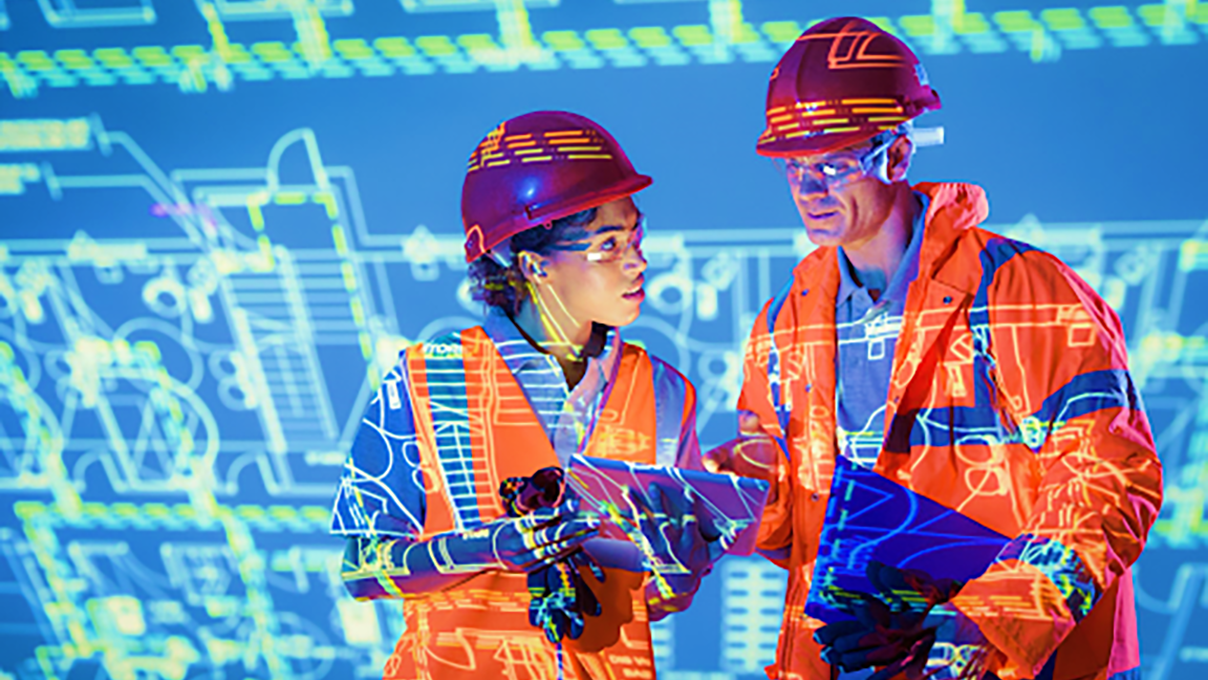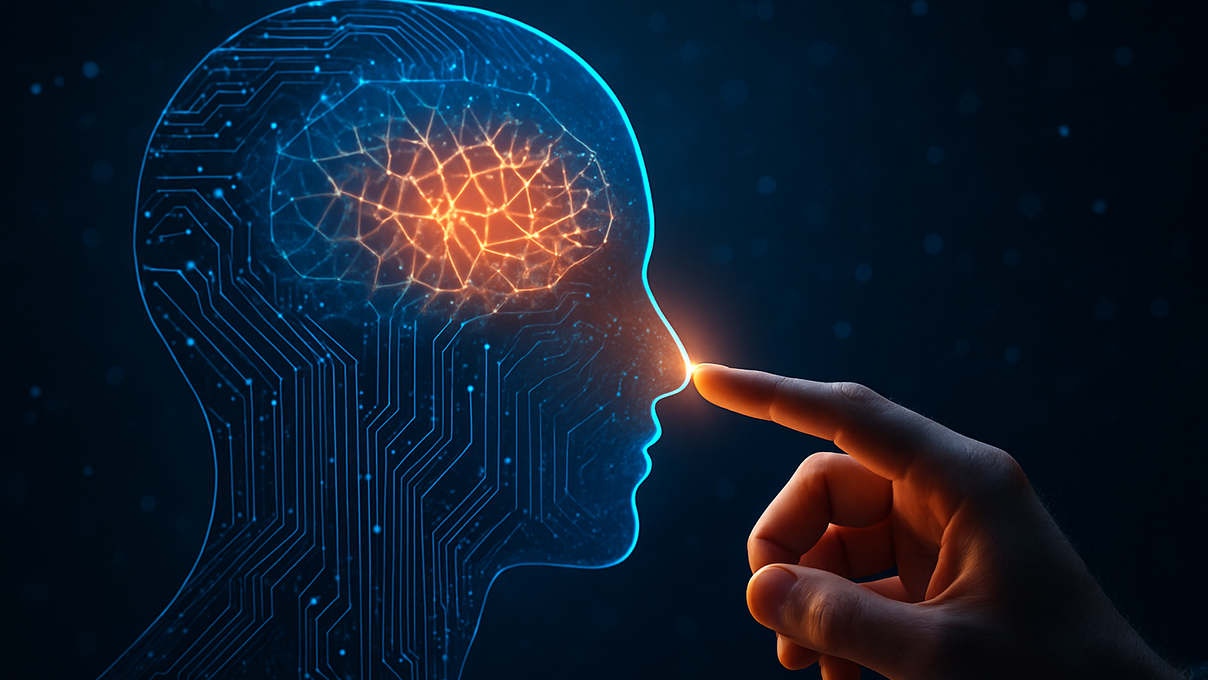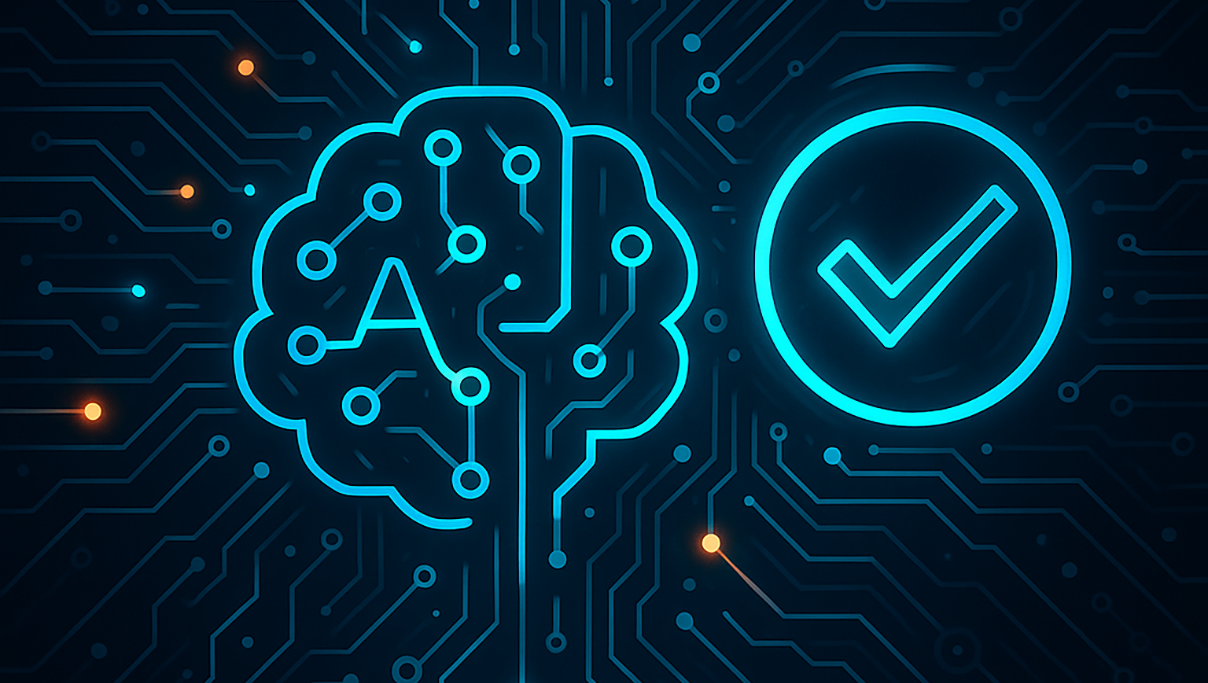
Building Smarter: How AI and Data Are Transforming Construction
The global construction market, poised to reach $16.45 trillion by the end of 2025, is under growing pressure to deliver projects faster, safer, and at lower cost. Construction has historically lagged behind other industries in technology adoption, but that is changing—and fast.
AI and cognitive computing are no longer nice-to-haves. They are must-have tools for construction firms that want to boost productivity, reduce risks, and thrive despite today’s era of tight budgets and labor shortages. However, even the most advanced AI systems cannot succeed on a shaky foundation. Case in point: as this LinkedIn post notes, many enterprises are eager for “AI agents,” but their data is “spread across 37 different systems” with no clear source of truth. Before you can leverage predictive analytics, digital twins, or machine learning at scale, you must first solve for data readiness and governance. In other words, you need to build on rock, not sand.
Why AI matters for the Construction industry
AI brings unprecedented speed, accuracy, and foresight to the jobsite. The ability to unify data from design models, equipment logs, real-time sensor inputs, and more allows construction teams to streamline tasks and minimize risk. As Allen Emerick, Senior Sales Executive at 3Pillar puts it, “The holy grail is if you can prevent something bad from happening—either you’re over budget, you’re off schedule, or God forbid a safety incident. The data can help you see that far enough down the road.”
AI is truly reshaping how (and how quickly) projects get built through the following applications.
Predictive analytics
Leveraging data from project histories, materials usage, and even weather forecasts, AI-powered predictive models can help project owners and contractors anticipate cost overruns and schedule slippage. Instead of reacting when issues arise, teams can take proactive steps to avoid them.
AI-driven project scheduling
Manual scheduling is often a mix of spreadsheets, whiteboard sessions, and guesswork. AI scheduling tools can ingest vast amounts of data from subcontractor timelines to supply chain logs. They can dynamically update schedules to reflect real-time changes.
Machine learning for resource optimization
With the construction industry facing an ongoing labor shortage, it’s critical to ensure the right people and equipment are in the right place at the right time. ML algorithms can sift through mountains of data to streamline logistics and minimize idle time.
Computer vision & IoT
AI-enabled cameras and sensors can improve on-site safety and compliance, track inventory and equipment usage, and ensure real-time visibility into the jobsite. Meanwhile, digital twins (a virtual, real-time model of a physical site) can help teams spot design clashes and simulate potential outcomes before ever laying down concrete.
These applications of AI in construction are certainly compelling, but there’s one question to answer first, “Is your data ready for AI?”
Construction’s data reality: Fragmented systems & siloed insights
As construction projects grow in scope and scale, so does the data that powers them. Multiple systems often store information in various, incompatible formats, which creates barriers to collaboration. Mergers and acquisitions introduce even more layers of complexity, while security and governance needs expand with every new subcontractor, supplier, and agency added to the network.
Capitalizing on AI and digital transformation hinges on a critical first step: bringing clarity and cohesion to the fragmented data landscape. Lance Mohring, Field CTO, explains, “To get great AI, you need great data. So let’s talk about the state of your data… Where are you at here? Do you have it centralized? Do you have it standardized?”
Here’s a closer look at some of the common challenges construction firms face on the road to AI and innovation:
- Multiple disconnected platforms: Each separate platform (whether for project management, CRM or opportunity tracking) holds data in different structures, often with mismatched naming conventions. Identifying one client consistently across all systems can be incredibly challenging.
- Mergers and acquisitions: Many construction firms have grown through acquisitions. While this expands reach and capabilities, it also leaves behind a web of legacy platforms and data silos. Standardizing these into a unified architecture is a major undertaking.
- Security and governance complexities: Construction projects involve a network of stakeholders including subcontractors, suppliers, local agencies and client organizations. Each has different data needs, raising important questions about access permissions, compliance, and cybersecurity. AI can exacerbate these concerns if data is not already well-governed.
Lessons from a hyperscale data center (and what Construction can learn)
At 3Pillar, we recognize the complexities of unifying massive, siloed datasets and transforming them into actionable insights. As Allen puts it, “We tackle tough problems. Construction is a doozy… but this industry is ripe for transformation.”
Take for example, a project our team recently completed with a leading global hyperscale data center provider. This organization faced challenges with large-scale, disparate data – a common scenario in construction. The provider needed real-time dashboards, predictive models, and anomaly detection to manage everything from power usage to equipment maintenance.
Here’s how our team made it happen:
- By building a unified, scalable architecture: We integrated diverse data sources (from sensors to billing systems) into a time-series database and custom dashboards. Construction firms need strong pipelines and flexible data environments to consolidate BIM, project schedules, financial data, etc.
- By applying AI for anomaly detection and forecasting: Predictive models flagged unexpected power spikes and potential system failures in near-real-time. This parallels construction’s need for proactive alerts about schedule delays, supply chain disruptions, or equipment malfunctions.
- Through driving tangible ROI: The data center provider saved 25 times the cost of the engagement with advanced analytics. Construction firms can achieve similar wins through reduced rework, fewer delays, and stronger margins by applying predictive analytics to complex project data.
We understand for construction firms it can be difficult to operationalize AI due to scattered data, weak security protocols, or a lack of specialized data engineers. Our team at 3Pillar bridges these gaps with:
- Strategic data engineering and AI readiness: We tackle data fragmentation by implementing modern cloud-based solutions, establishing data governance best practices, and ensuring near real-time visibility across the enterprise.
- Holistic construction solutions: We can help select and implement the right AI use cases, no matter your current maturity. Whether you’re brand-new to AI or looking to scale advanced machine learning across dozens of worksites, our team will customize solutions to meet you where you are.
- A track record of innovation: We have deep experience with complex, high-stakes data environments. Our product engineering mindset pairs strategic alignment with rapid prototyping to deliver measurable ROI.
Ultimately, construction is undergoing rapid changes, driven by data and AI. From predictive analytics that prevents delays to computer vision that increases safety compliance, cognitive computing is unlocking possibilities and opportunities. This transformation hinges on one single truth: building effective AI solutions is dependent on a solid data foundation.
The path forward is clear: centralize and clean your data, layer in strong governance and security, and then bring in AI to make data-driven decisions. 3Pillar partners with construction firms to provide technical expertise and strategic guidance to embed AI across the organization. We’re here to help you do more than just keep pace, but to set new benchmarks across productivity, profitability, and safety.



